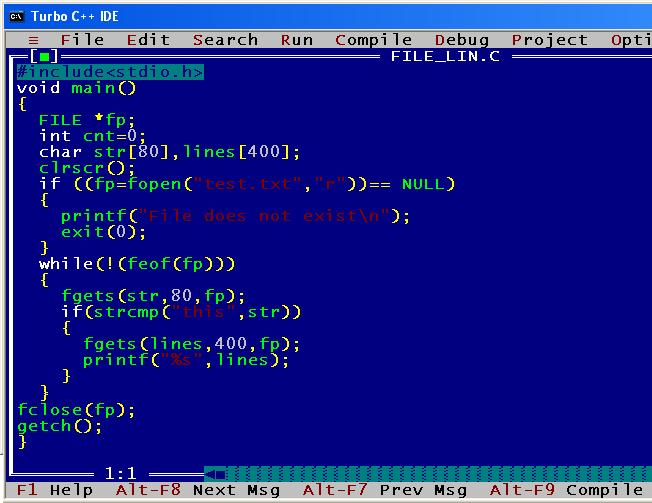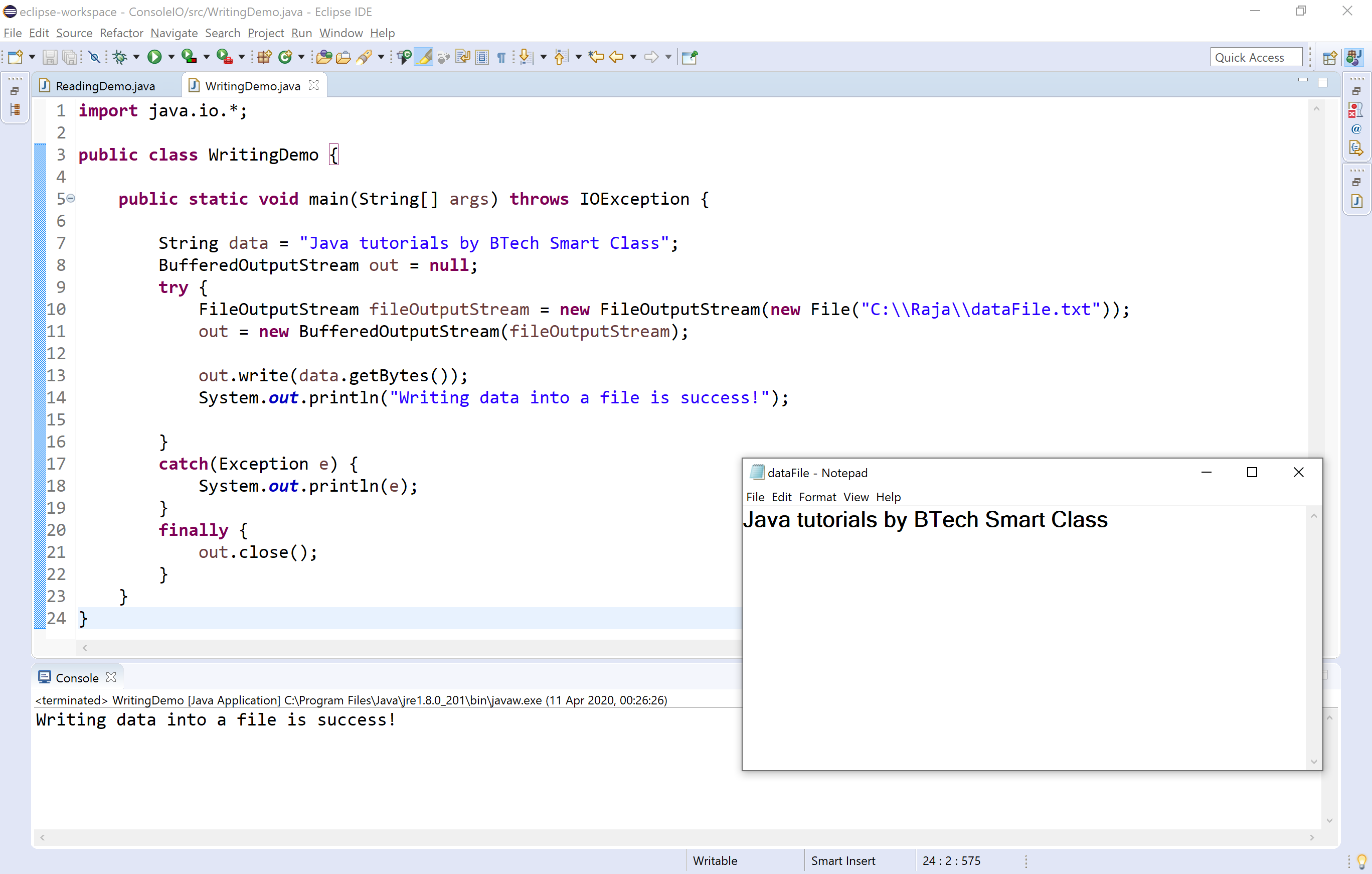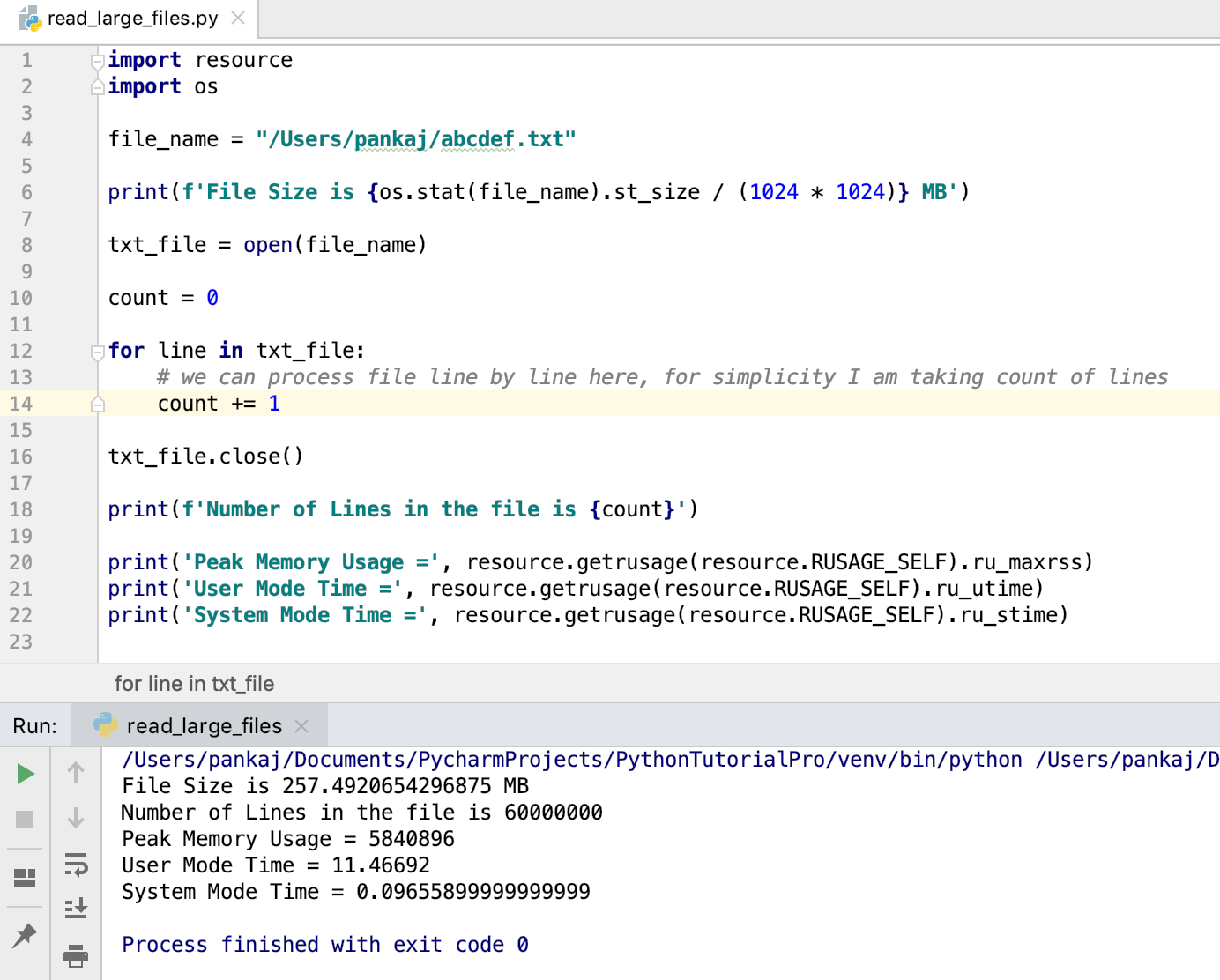Fantastic Tips About How To Write Into A File Using C

Now, python provides a csv module to work with.
How to write into a file using c. Using python csv module; In this video we will learn create, read and write to a text file in c programming with examples. C program to write a sentence to a file to understand this example, you should have the knowledge of the following c programming topics:
Docker can build images automatically by reading the instructions from a dockerfile. C program to write all the members of an. You would need to use or simulate snprintf () to convert the binary value to text and then write the string, maybe with a newline, to the file.
Fp = fopen (file_name, mode); To insert content to it, you can use the fprintf () function and add the pointer variable ( fptr in our. Let's say we don't' want to write all elements of the array into the file, instead, we want is to write only 0th and 1st.
Fwrite and fread make tasks easier when you want to write and read blocks of data. Using plain text file writing; In c, we use a structure pointer of a file type to declare a file:
// open the file for writing. What's the easiest function to use when you only want to write a name and a few numbers to a.txt file? #include <stdio.h> int main() {.
Writing structure to a file using fwrite. Char *filename = test.txt ; Opening, reading, writing and closing a file.
A dockerfile is a text document that contains all the commands a user could. We can use fwrite() function to easily. The standard i/o library in c provides core functions for reading/writing the files, namely fread and fwrite.
The w mode means that the file is opened for writing. Store information of students using structure. To create a file in a ‘c’ program following syntax is used, file *fp;
Write a sentence to a file. In the above syntax, the file is a data structure which is defined in. This writes the whole array students into the file.
Read the first line from a file. C file handling c standard library. Write to a file let's use the w mode from the previous chapter again, and write something to the file we just created.















